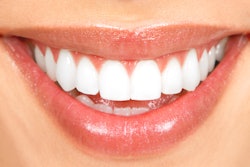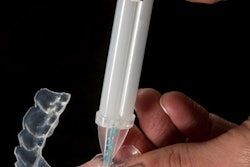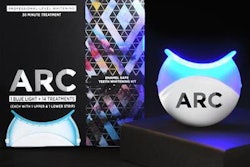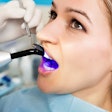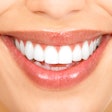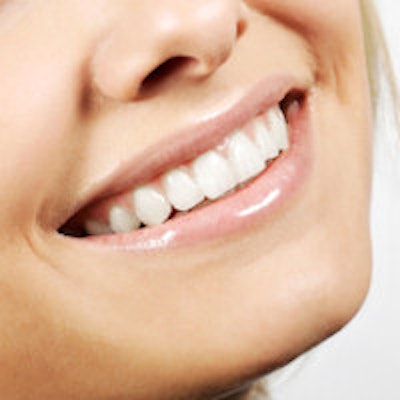
At-home peroxide teeth-whitening techniques are just as, if not more, effective as LED and laser whitening methods, according to a literature review published in the Open Dentistry Journal.
While photoactivated peroxide-whitened teeth appeared whiter immediately after the procedure, the color change did not last more than a year, the study authors found.
Light activation is not advantageous for teeth whitening, neither for the final results of the techniques nor for accelerating the peroxides' mechanism of action, they noted.
With the widespread use of clinical and at-home teeth-whitening techniques, it is crucial for dentists to know the benefits and drawbacks of these procedures, according to lead author Dr. Leandro Féliz-Matos, the director of the department of academic research at the Universidad Iberoamericana School of Dentistry in Santo Domingo, Domican Republic, and colleagues. They evaluated the short- and long-term results of various peroxide whiteners, so that dentists can make treatment decisions for their patients based on evidence.
Methods and results
The researchers compared studies evaluating common gel and light-activated hydrogen and carbamide peroxide whitening techniques used in most dental offices.
“Studies have shown no statistically significant difference on changes of value of the dental color when using light activation.”
"Studies have shown no statistically significant difference on changes of value of the dental color when using light activation," they summarized of their cited studies (Open Dent J, January 6, 2015).
While teeth are noticeably whiter after the first laser or LED session performed in a dental office, the color fades within months, the researchers found. However, when patients apply a tray-administered peroxide gel at home, there are no visible changes the initial week but the results can last for years.
"Time is a very important factor on dental bleaching," the study authors concluded. Light-activated whitening techniques do not enhance the ability of the peroxides to diffuse into enamel and dentine, which is directly related to the success of teeth whitening. Therefore, the success of bleaching is related more to the length of the exposure rather than the method.
Increasing patient satisfaction
Most patients consider a treatment successful simply by having noticeably whiter teeth, according to the authors.
"White teeth have been linked to social competence, intellectual ability, successful interpersonal relationships, and even psychological stability," they noted.
If a patient wants a quick whitening procedure with immediate results, laser or LED may be the better option, while an overnight gel is best for those wanting a long-lasting, cost-effective method.
It is also important for dentists to know the differences in whitening procedures so that they can pick the best method for their patients depending on the cause of their pigmentations.
Most extrinsic pigmentations are stains caused by everyday activities, such as drinking wine or coffee, and can be easily treated at home, the researchers found. However, more direct clinical supervision may be required when treating intrinsic pigmentations, such as tooth thickness at enamel and dentine levels or enamel hypoplasia.
The authors did note that both in-office and at-home treatment options are safe and effective in the short term. Patients are typically satisfied with the results as long as they know sensitivity may be a side effect before the procedure occurs.




